What is the impact of the increased frequency of visits to forests on wildlife?
In the Czech Republic, there has every citizen the right to enter the forest, so it is no wonder that it is widely used. Whether it is a walk or another type of recreation, activities in the forest have beneficial effects on both the human body and his soul, too. If the conditions for entry are respected, i.e. the forest is not damaged, the environment is not disturbed and people behave politely and quietly, there are no conflicts with the owners and the forest inhabitants themselves – the wildlife. However, the intensity of visits can change and thus have a significant effect on the natural behaviour of game. As two such examples, it can be mentioned non-standard attendance regimes during the covid-19 pandemic and African swine fever (ASF) in Zlín region.
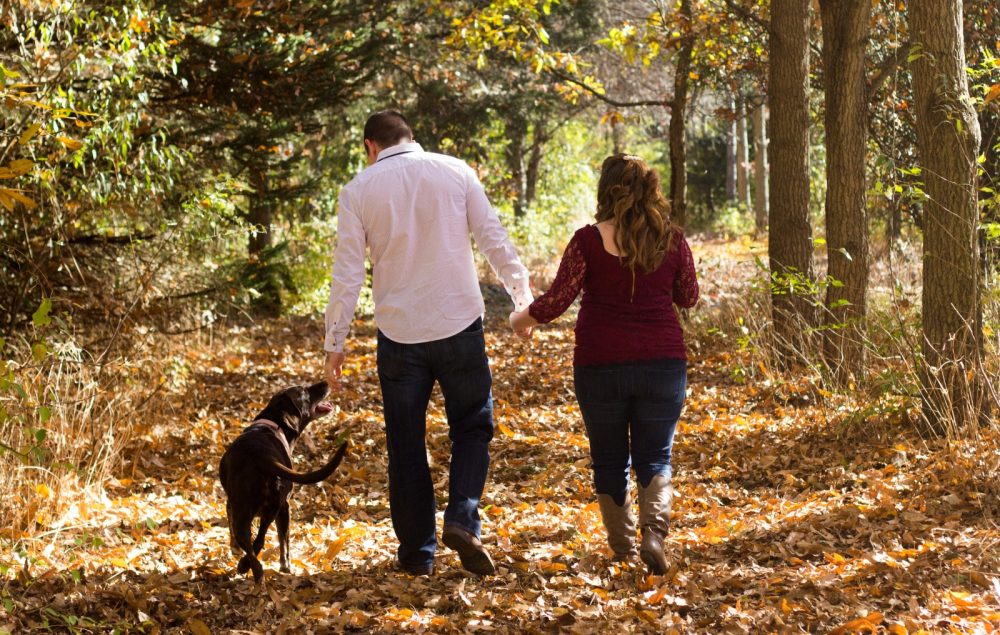 One of the main and already global threats to entire ecosystems, this is tourism and recreation. The crowds of mushroom pickers and dog walkers are constantly being expanded by fans of many sports – cyclists, runners or motorcyclists, including the growth of other recreational activities. More and more visitors go camping in forests and many of them do not respect the rules of movement in forest stands.
One of the main and already global threats to entire ecosystems, this is tourism and recreation. The crowds of mushroom pickers and dog walkers are constantly being expanded by fans of many sports – cyclists, runners or motorcyclists, including the growth of other recreational activities. More and more visitors go camping in forests and many of them do not respect the rules of movement in forest stands.
Wildlife feel the presence of humans similarly to the risk of predation or attack. Forest game naturally try to eliminate this risk by changing their behaviour, thereby increasing the energy requirements for the food it takes. On the one hand, it increases their vigilance, and on the other hand, due to disturbance, they may use unsuitable habitats that may not provide them with sufficient quality food.
In the years 2018–2020, in connection with the occurrence of ASF and the use of camera-traps, the occurrence of wildlife in forest complexes (over 50 ha area) was monitored. The aim was to evaluate the frequency of forest visits and the influence of human presence on wild deer. At that time, the total area of the risk area was 5430.6 ha and there were 13 municipalities with an average population of 863 citizens.
There were 14 camera-traps randomly placed in the forests, to monitor forest game and forest visitors using video sequences for a period of 86 days in the months of May to July. The movement of people was registered outside the forest roads, which always represents a significant burden for the stands and the wildlife.
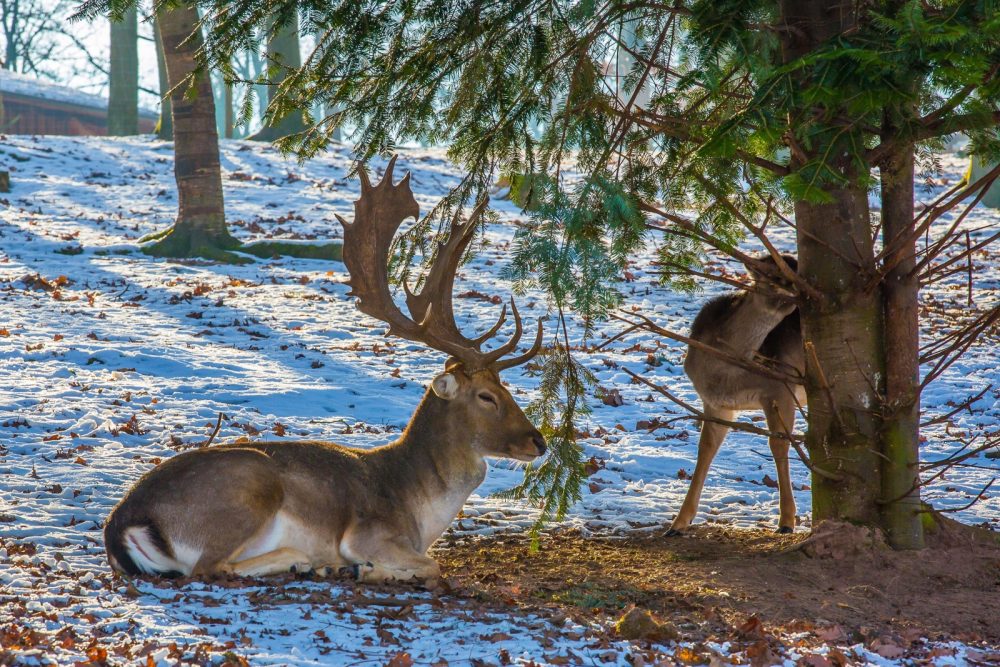 At the beginning of the monitored period, access to the forests in the risk area was strictly prohibited, in order to avoid disturbing wild boar and thus the spread of the disease outside its outbreak. In 2019, the monitored area was made available in standard mode and people could visit the forest stands again.
At the beginning of the monitored period, access to the forests in the risk area was strictly prohibited, in order to avoid disturbing wild boar and thus the spread of the disease outside its outbreak. In 2019, the monitored area was made available in standard mode and people could visit the forest stands again.
Another change in the attendance regime occurred in March 2020. After the outbreak of the covid-19 pandemic, preventive measures were taken against the spread of the disease, including restrictions on the free movement of people in cities. In contrast, visits to parks and wild nature were strongly recommended to improve the population’s immunity. The public’s interest has therefore grown dramatically, in such outdoor activities.
In the monitored period, there were recorded a total of 241 people by camera-traps (30 in 2018, 84 in 2019 and 127 in 2020)- These recorded people were divided according to age (adults, minors, seniors) and gender for the evaluation of the records. Monitoring of the area clearly demonstrated that access denied during the ASF was not fully respected. This regulation was violated especially by men who have been visited the risk area, which may have contributed to the subsequent spread of the ASF to the South of the monitored area.
The year 2019 represented a normal situation, in terms of attendance. A dramatic (more than 50%) increase in the number of visitors occurred in 2020. Repeated lockdowns increased people’s interest in outdoor activities, which was also confirmed in foreign studies, which, however, evaluated attendance only based on the movement of people along forest paths. Based on the results, it was possible to distinguish different attendance regimes not only between the observed years, but also within the week and hours of the day.
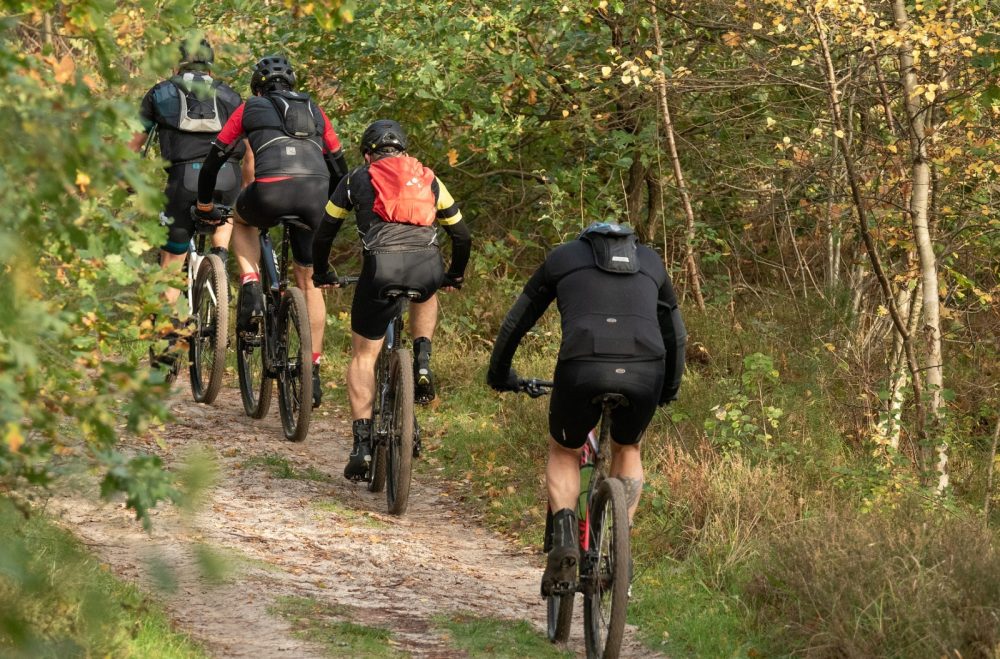 In a normal situation, people use the forests for recreation at the weekend, as it was the case in 2019. This pattern was not significantly different during the period of restricted access due to the occurrence of ASF (2018) – the visits of the forests were equally distributed among all days of the week.
In a normal situation, people use the forests for recreation at the weekend, as it was the case in 2019. This pattern was not significantly different during the period of restricted access due to the occurrence of ASF (2018) – the visits of the forests were equally distributed among all days of the week.
A completely different situation occurred after the lockdowns in 2020, when people visited forest stands significantly more on weekdays than on weekends. The quiet period on weekdays has thus completely disappeared and the game has been disturbed throughout the week.
The distribution of disturbance during the day is also significant for forest game. A summary assessment of all monitored years showed that the forests are most visited in the morning (7 a.m. – 12 p.m.), while this mode was most pronounced in 2020, probably due to free working hours and the rapid expansion of the home-office regime. In addition, this year there were also records of people at unusual times, e.g. before midnight or in the early hours of the morning, which can certainly negatively affect the game’s physical activity and behaviour.
The camera-trap records were also evaluated for the movement of monitored game species. The wild boar had relatively tightly distributed activities in the early morning and night hours. After intensive hunting to eliminate ASF, wild boars were only rarely recorded in the “plague” season. In 2019, the number of records increased significantly, and in the following year it already decreased slightly due to normal hunting management.
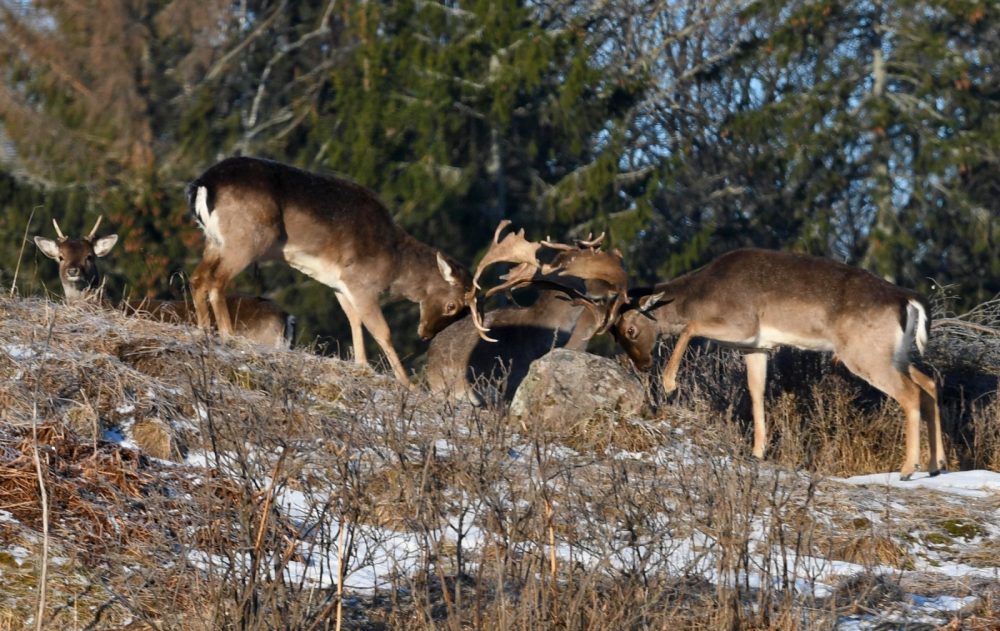 European fallow deers were slightly more caught on camera-traps during the covid measures, probably due to human disturbance. According to the records, normal activity of European roe deer was concentrated between dawn and dusk. In 2020, roe deers were registered quite often, even during the day, due to recreational pressure. The other monitored species of game (badger, fox, forest and rock marten, European hare) showed activity mainly at night.
European fallow deers were slightly more caught on camera-traps during the covid measures, probably due to human disturbance. According to the records, normal activity of European roe deer was concentrated between dawn and dusk. In 2020, roe deers were registered quite often, even during the day, due to recreational pressure. The other monitored species of game (badger, fox, forest and rock marten, European hare) showed activity mainly at night.
A comparison of the number of records of individual game in the time interval of 24 hours after the recording of people and in the time of quite, i.e. without human capture, brought demonstrable results about the influence of human activities on forest game. While after the people’s visit, the game was recorded in an average of 1.4 sequences, during the quiet period there were almost four captures in 24 hours. Forest game therefore clearly avoided places visited by people.
Short-term disturbance can lead to an increase in damage to trees and agricultural crops, because forest game is forced to use unsuitable locations; which would not been visited under standard circumstances, e.g. due to a lack of quality food. The sudden disturbance of game, often followed by a sudden rush, can also have a direct effect on increasing the mortality of game through an increase in collisions with vehicles, with connected impacts on human safety.
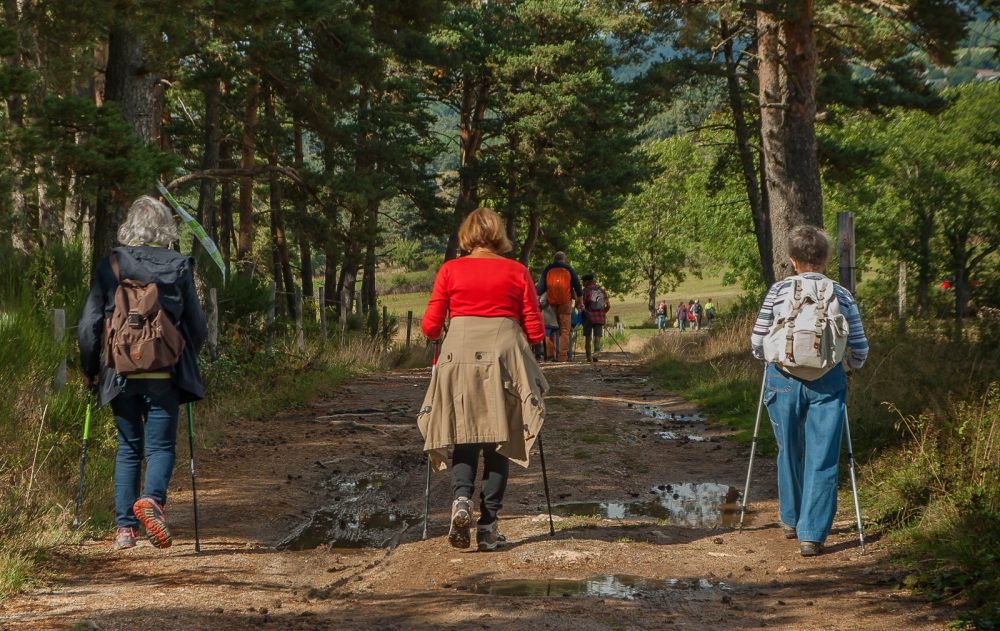 Forest wildlife can get used to human activities to a certain extent. E.g. black grouse learns to avoid frequented locations and stay in places where there are no roads, or move its activity to the night hours. In particular, protected animal species are at risk, which are much more susceptible to various forms of disturbance.
Forest wildlife can get used to human activities to a certain extent. E.g. black grouse learns to avoid frequented locations and stay in places where there are no roads, or move its activity to the night hours. In particular, protected animal species are at risk, which are much more susceptible to various forms of disturbance.
When visiting nature, we should always keep in mind that we are moving in places where many animals live, and that our behaviour can have a strong negative effect on them. Walking only on marked paths is the least we can do for the peace and well-being of forest wildlife.
Contact: Ing. Lucie Hambálková, Ing. Jan Cukor, Ph.D., e-mail: hambalkova@vulhm.cz, phone: +420 722 991 077
